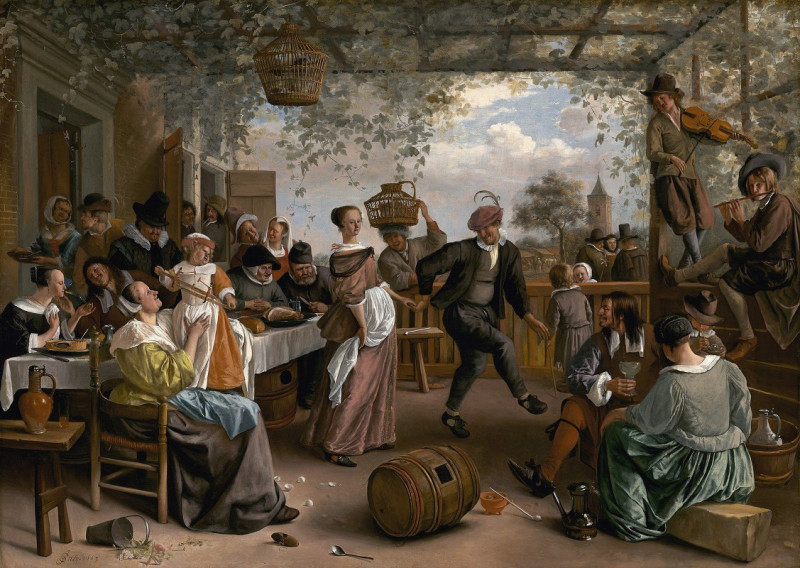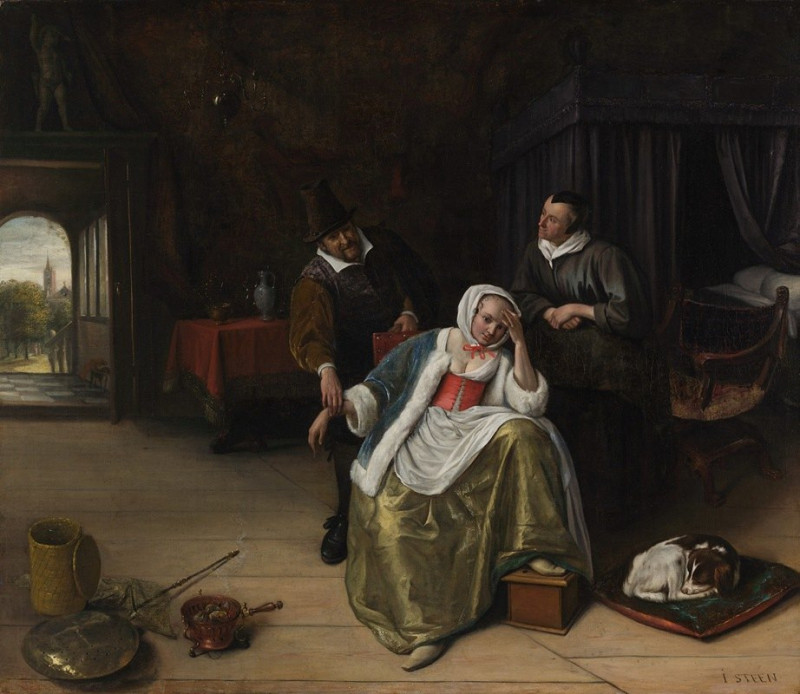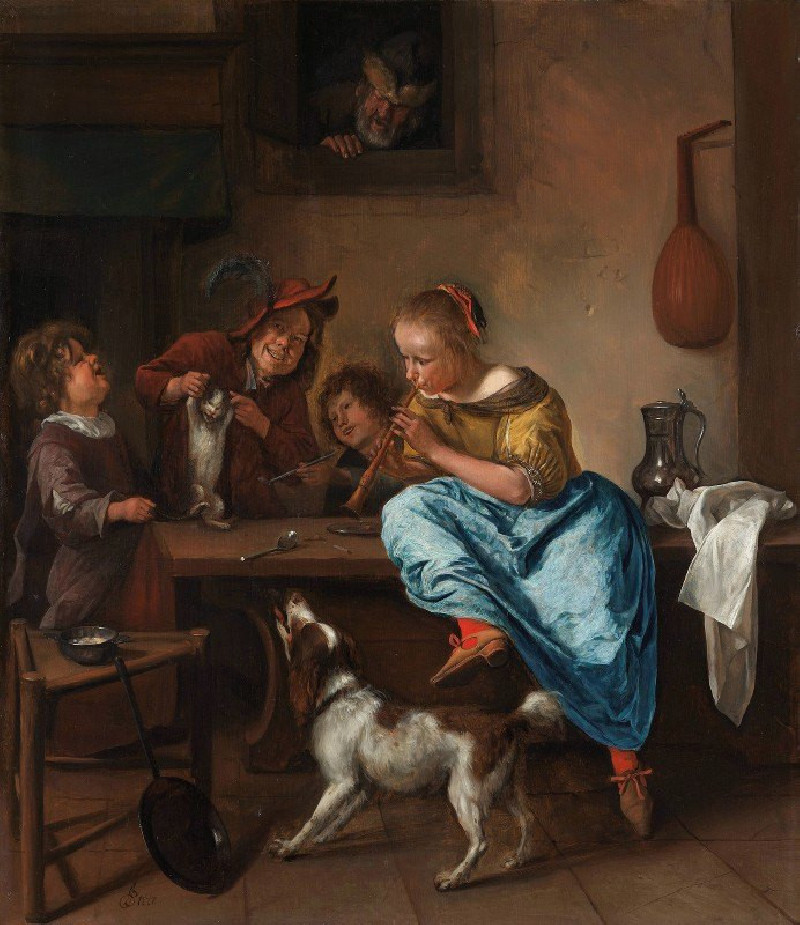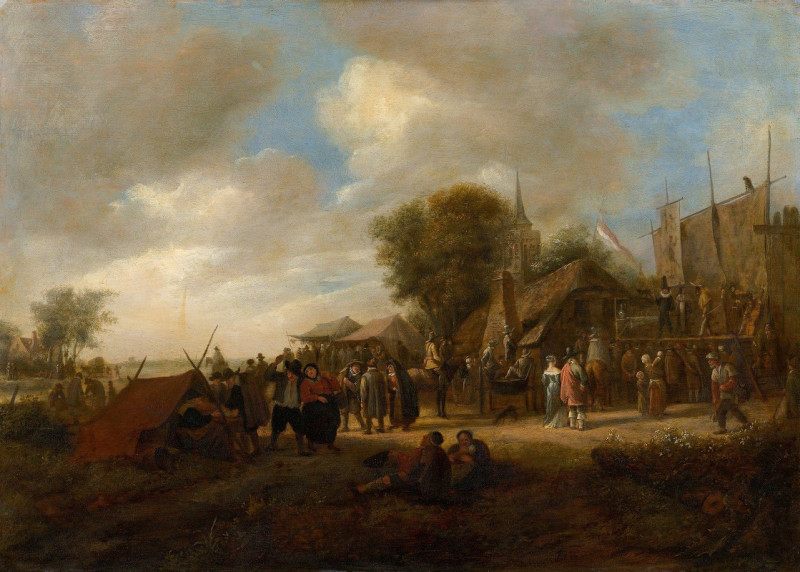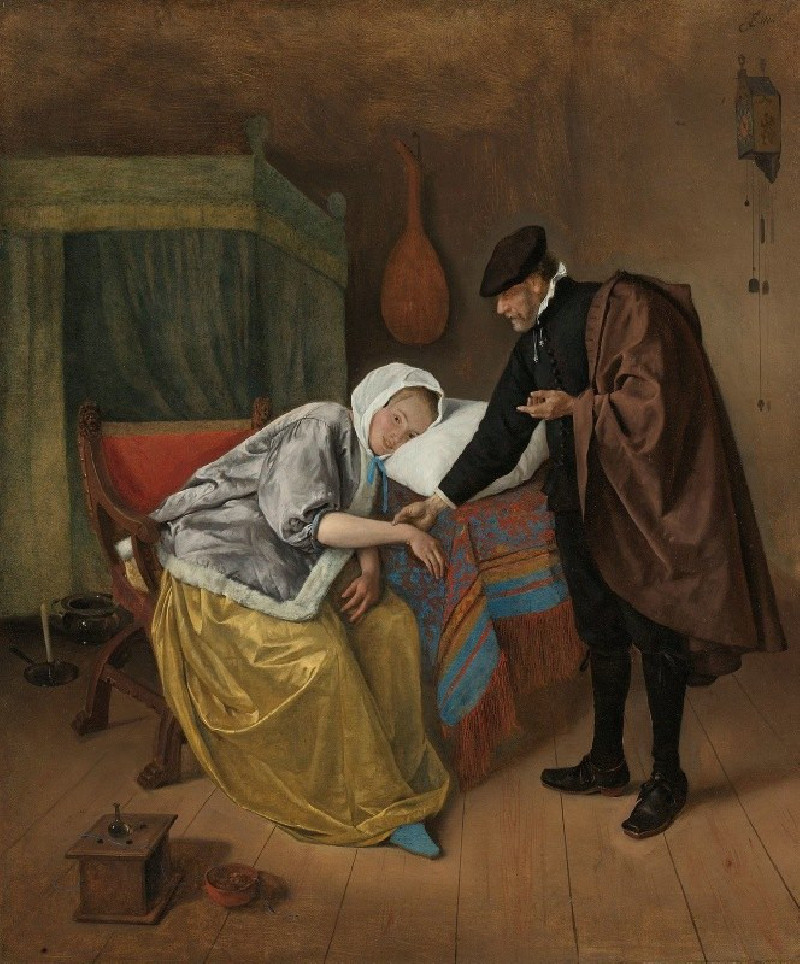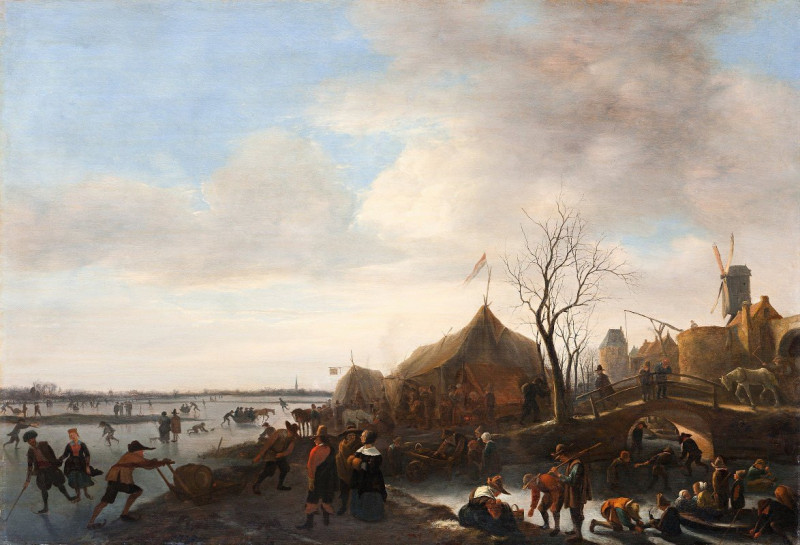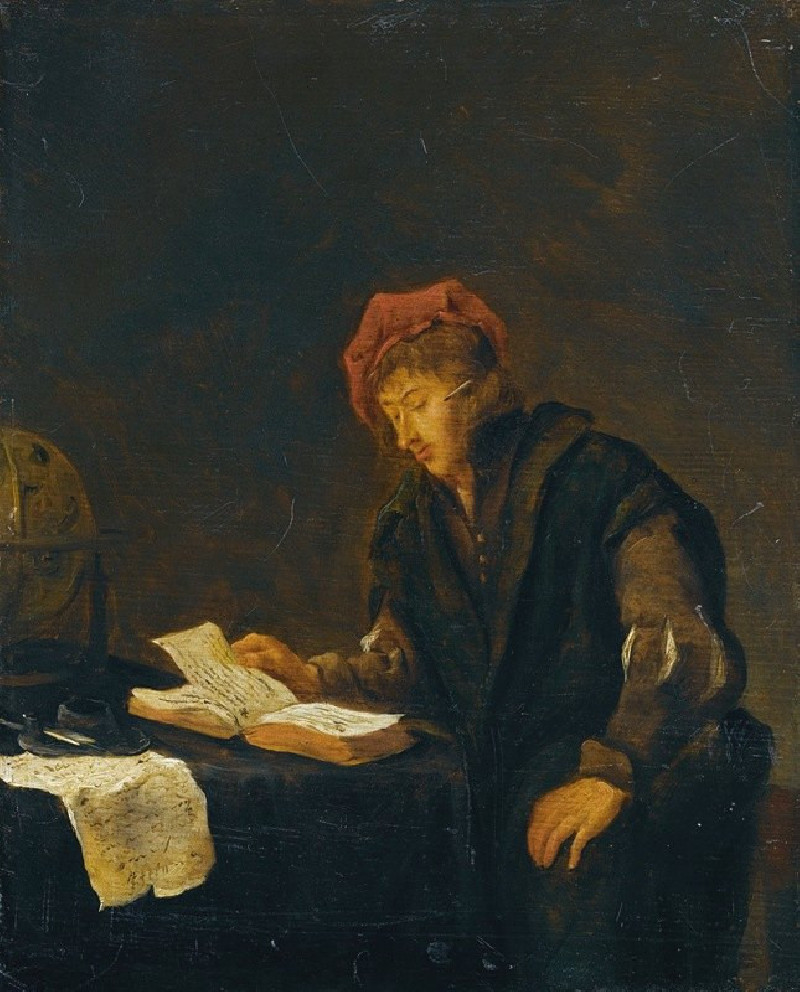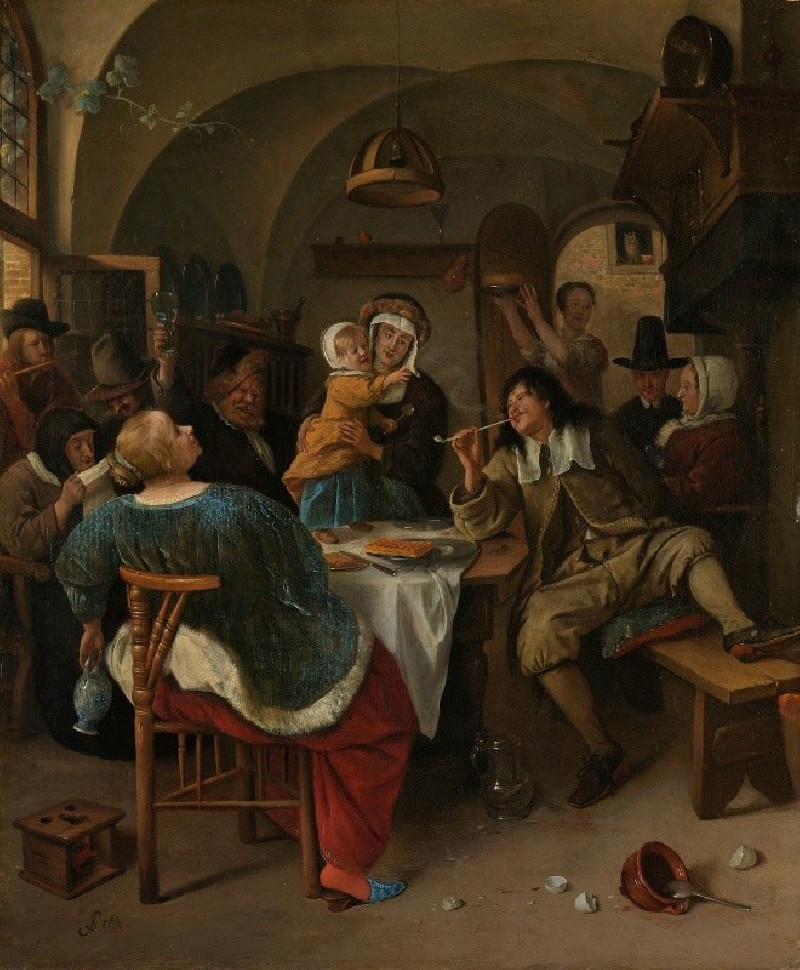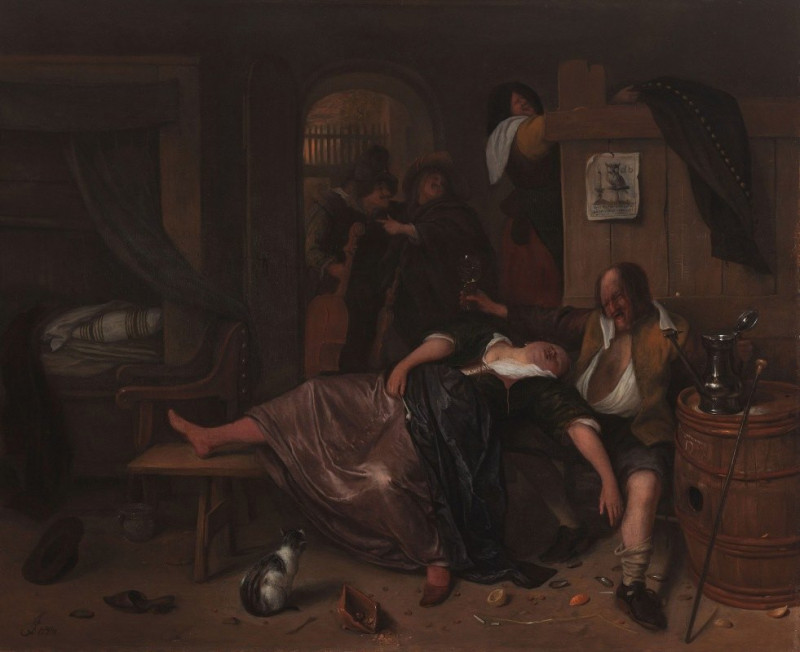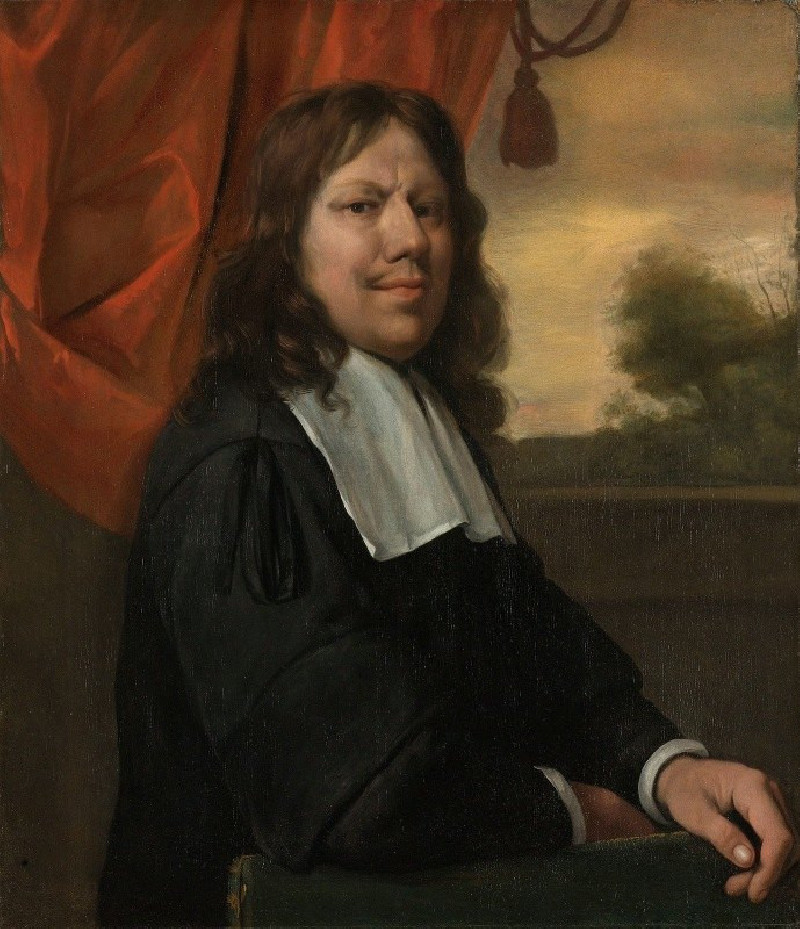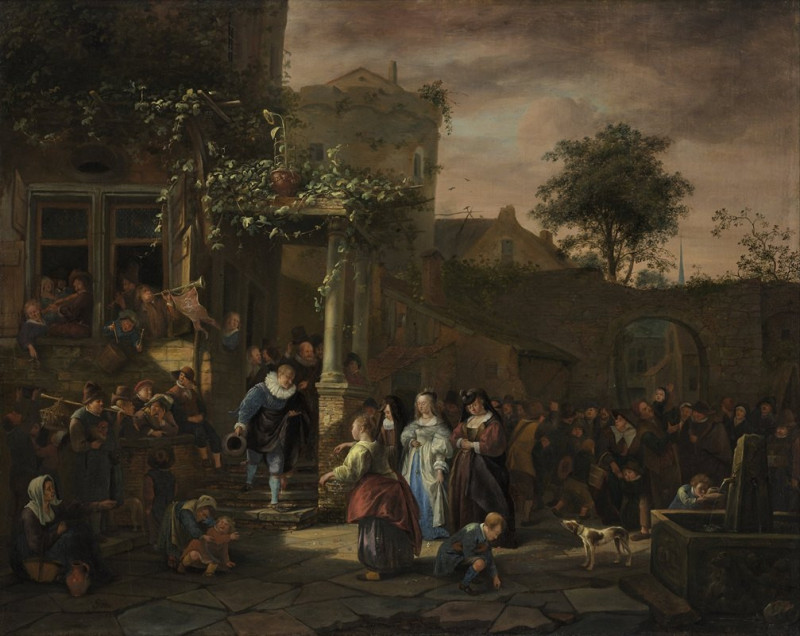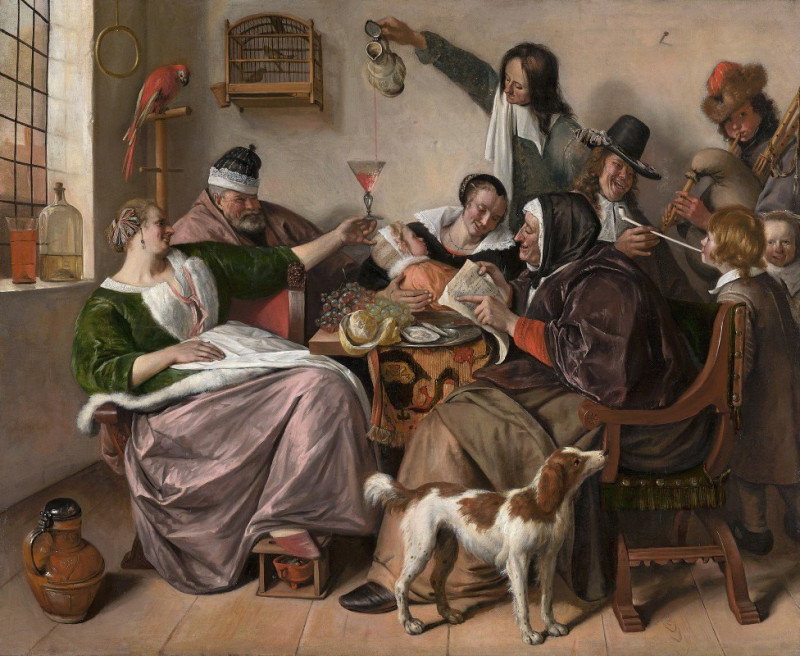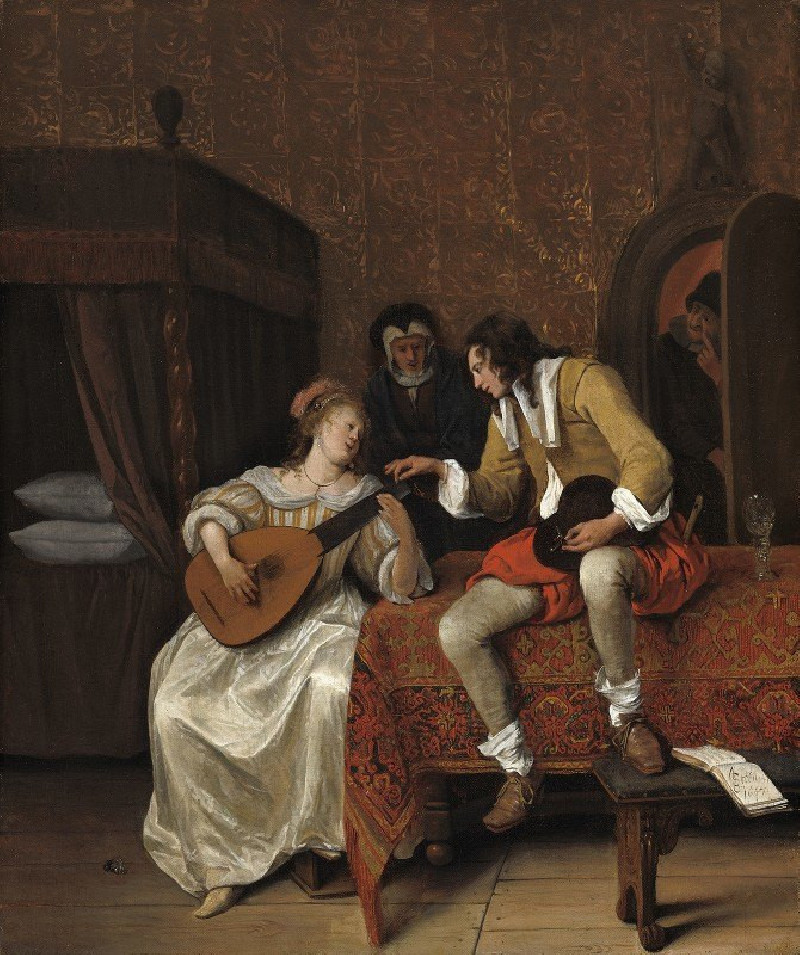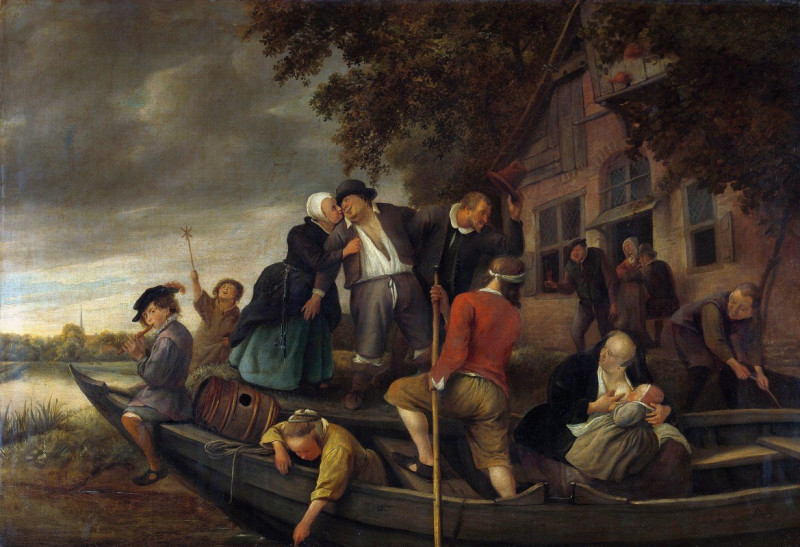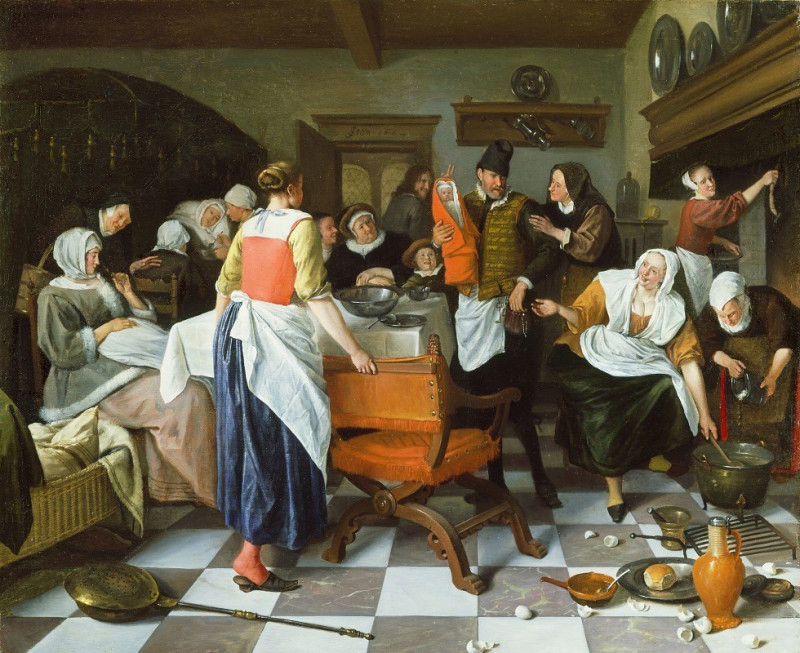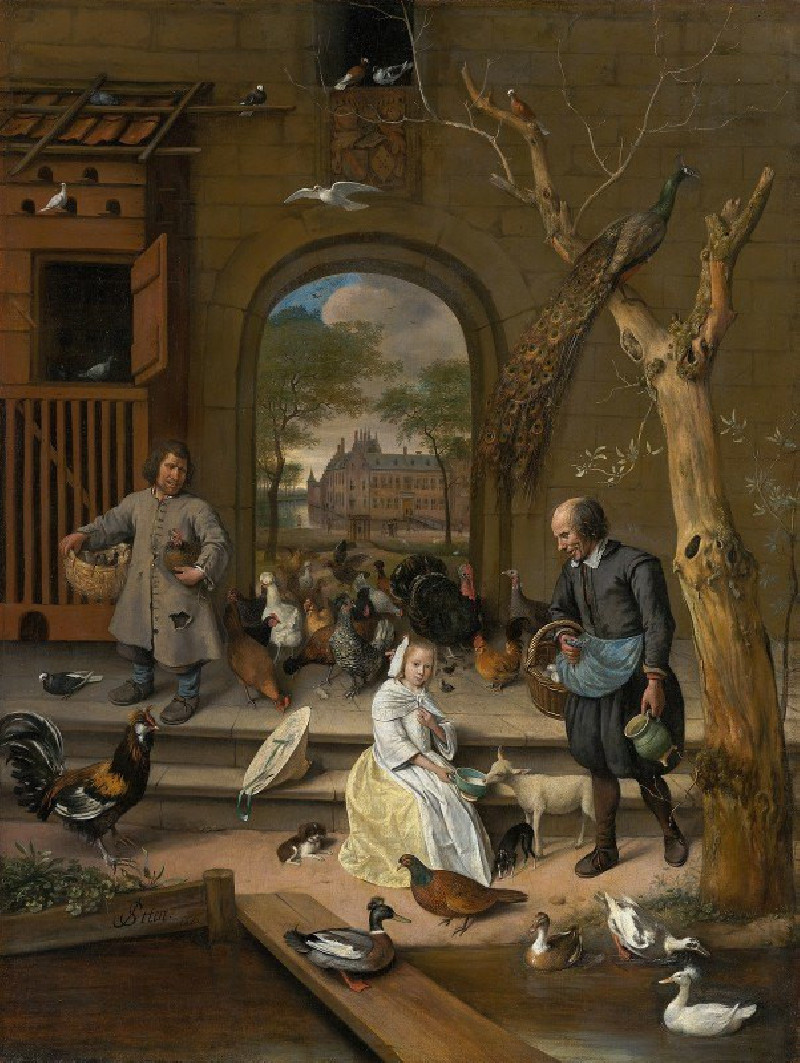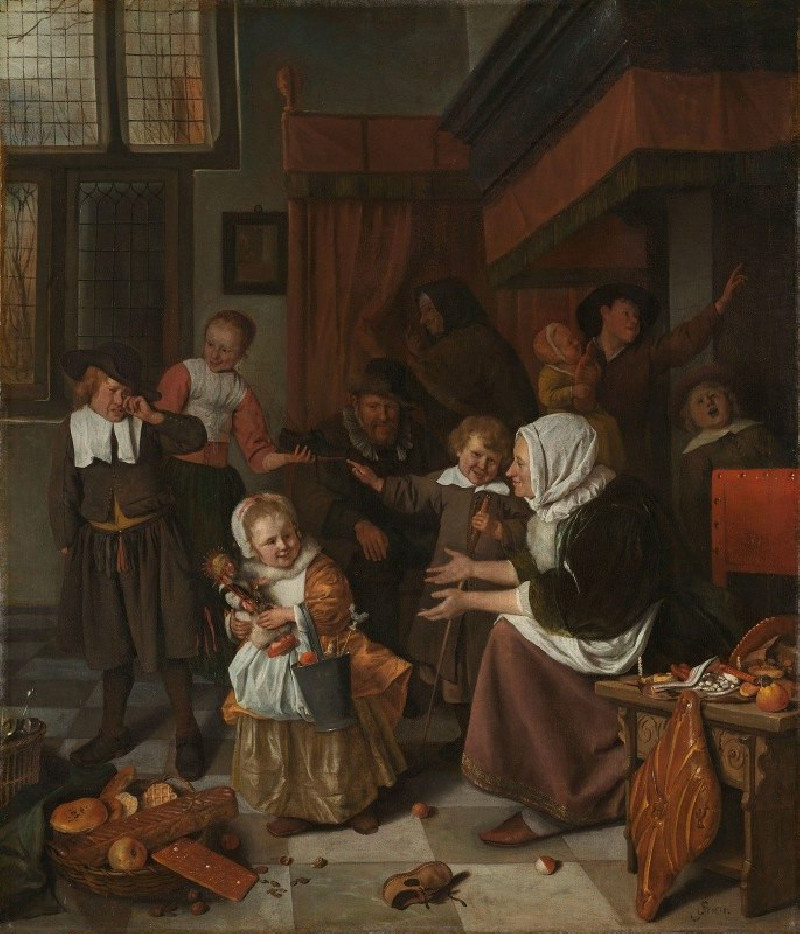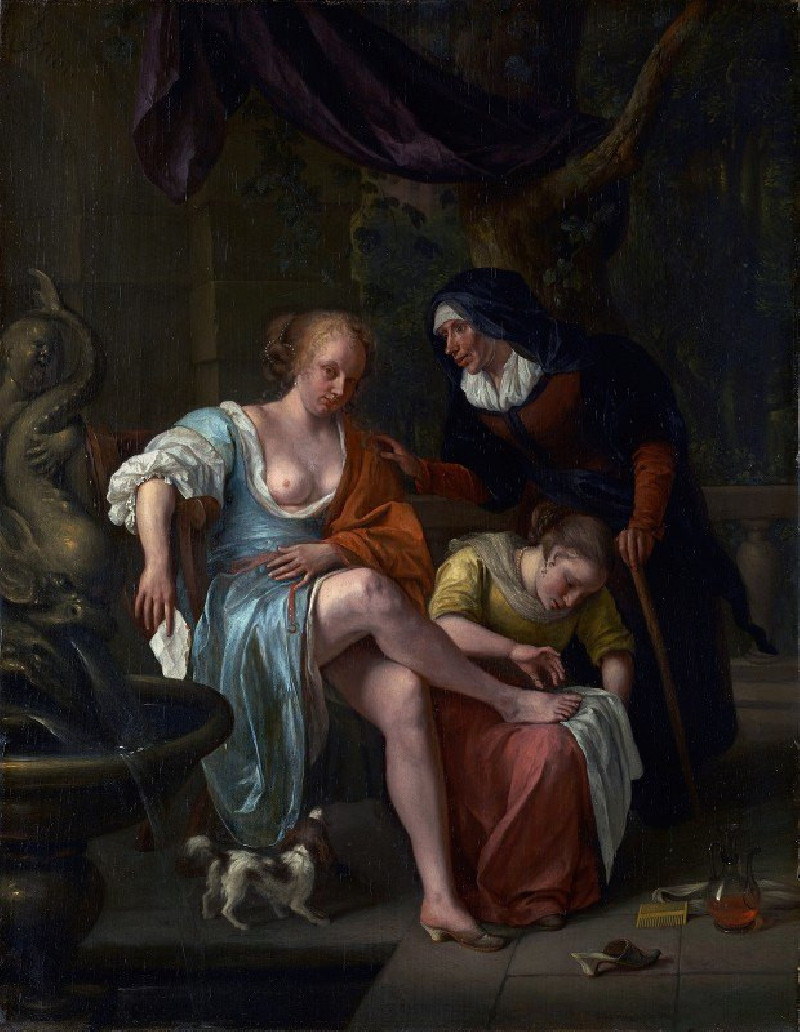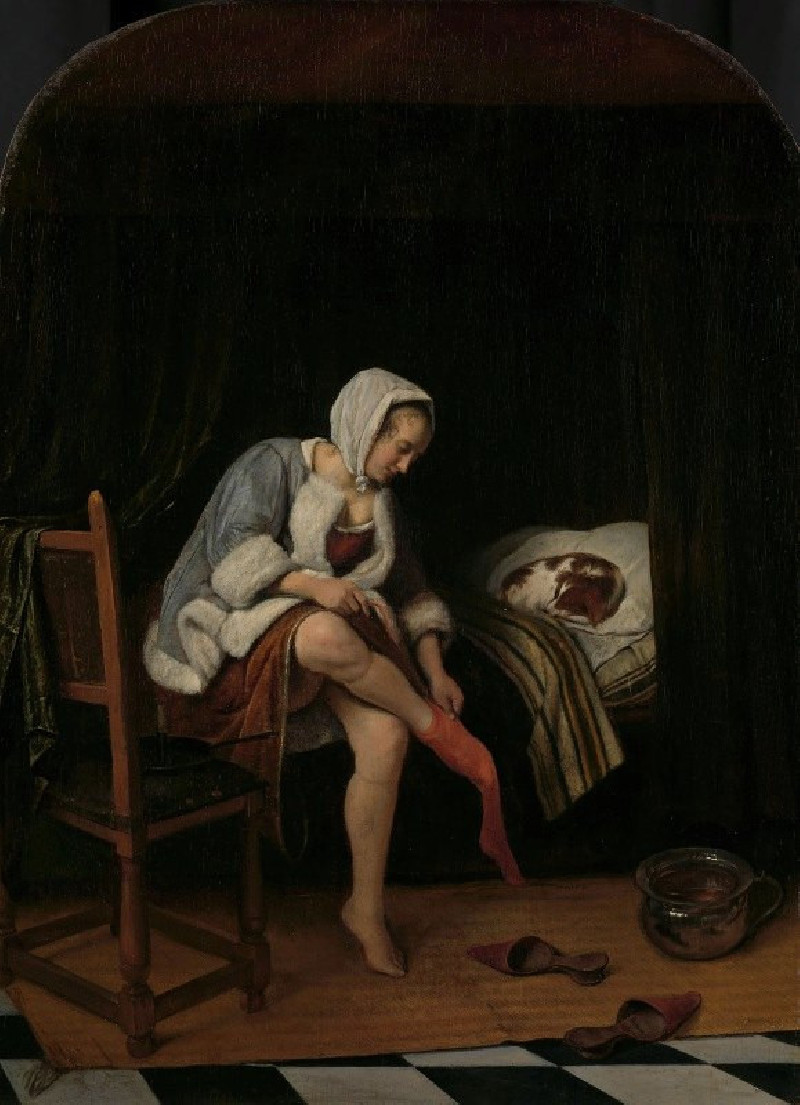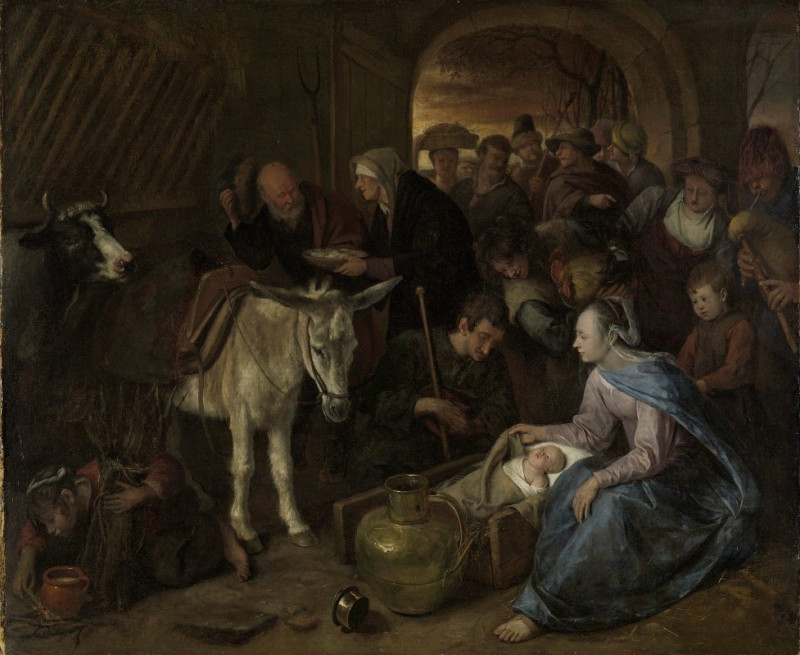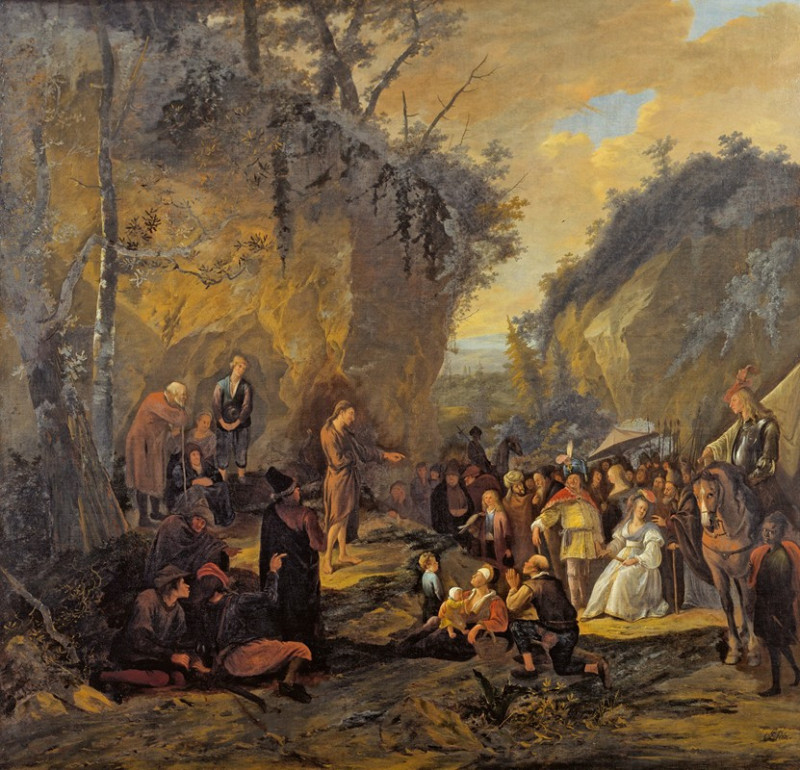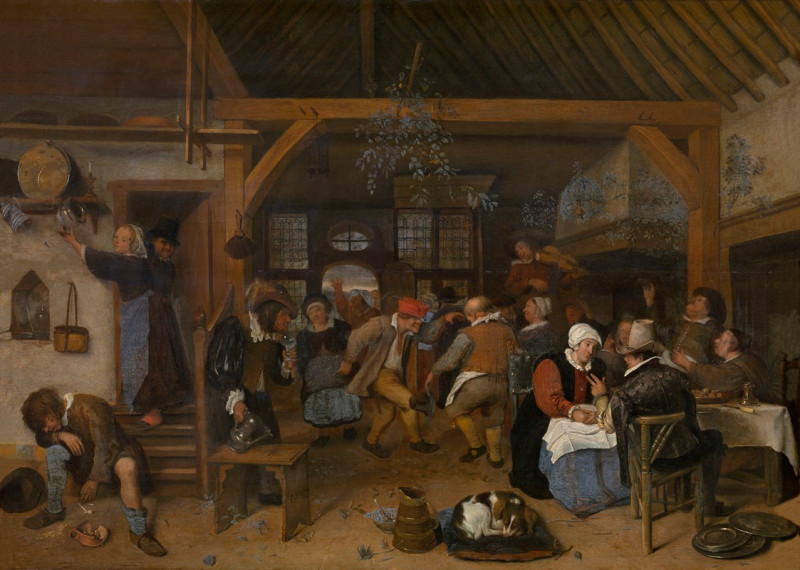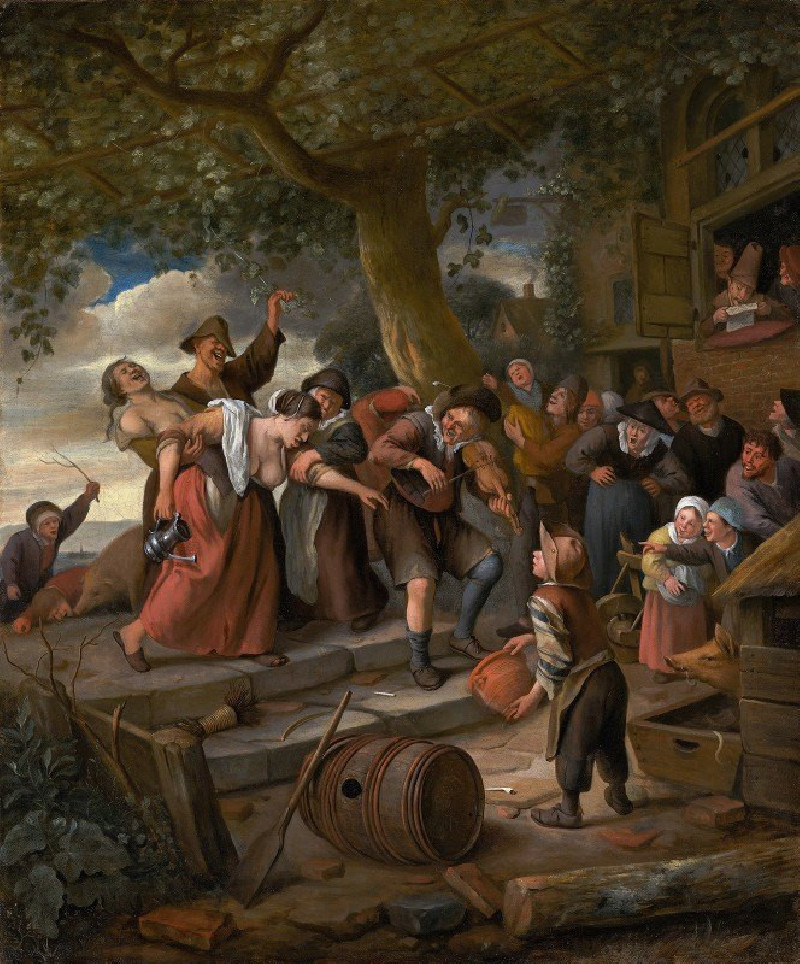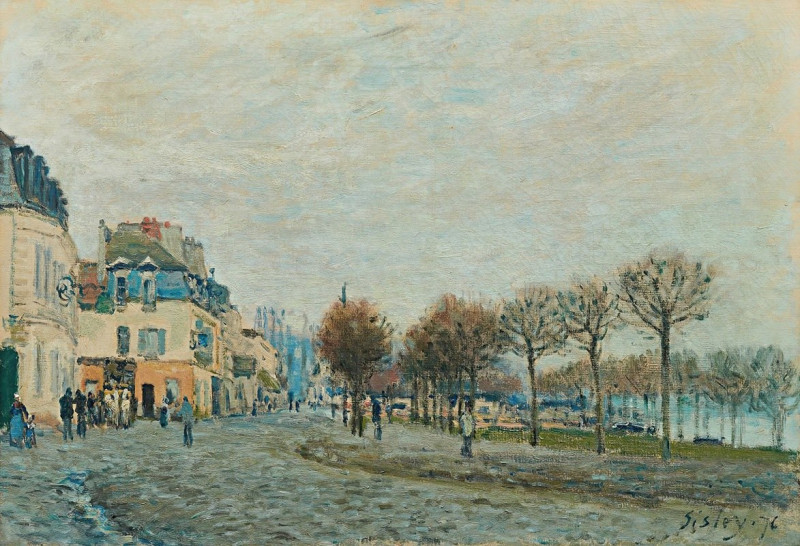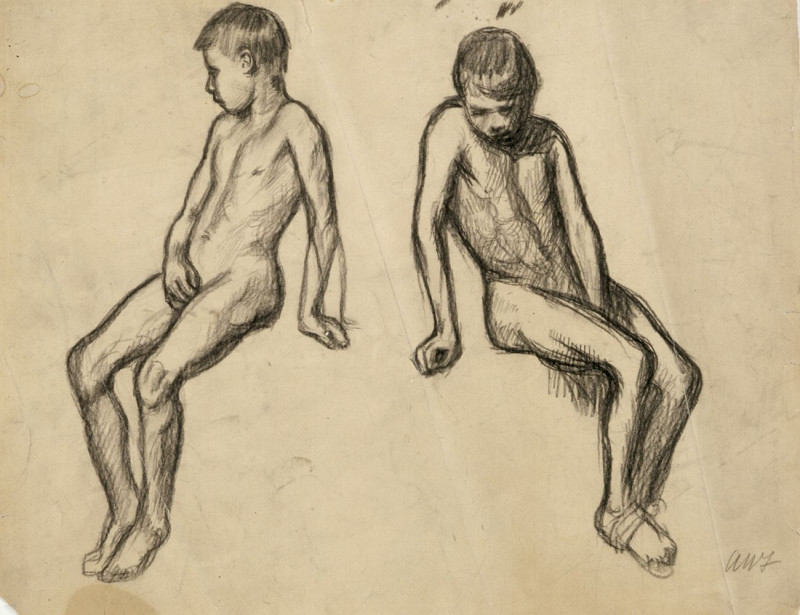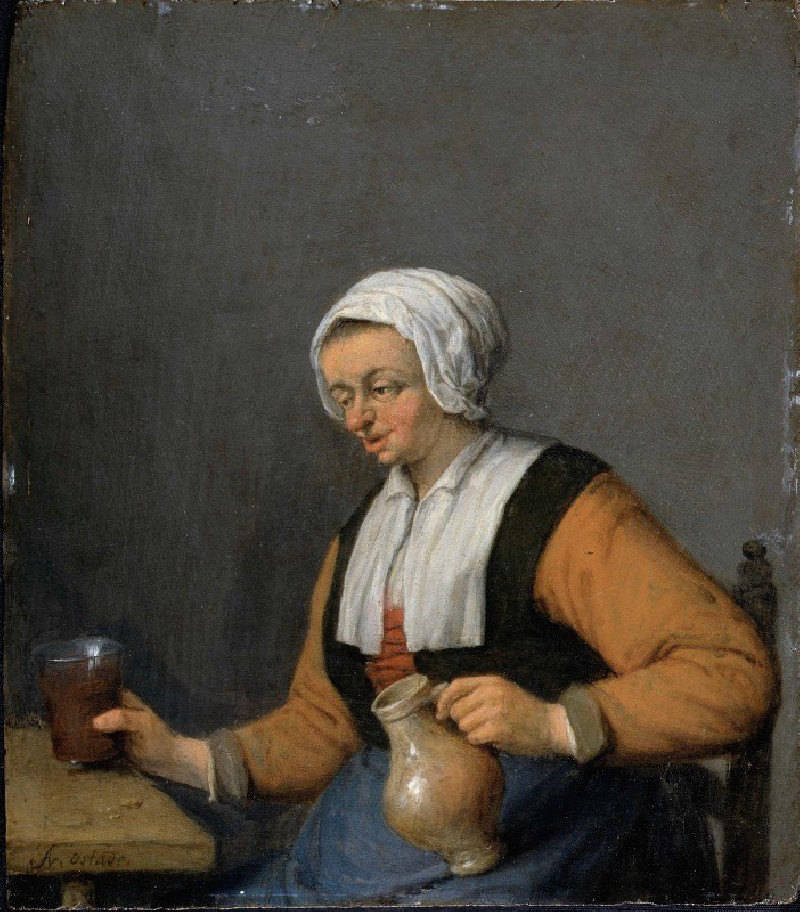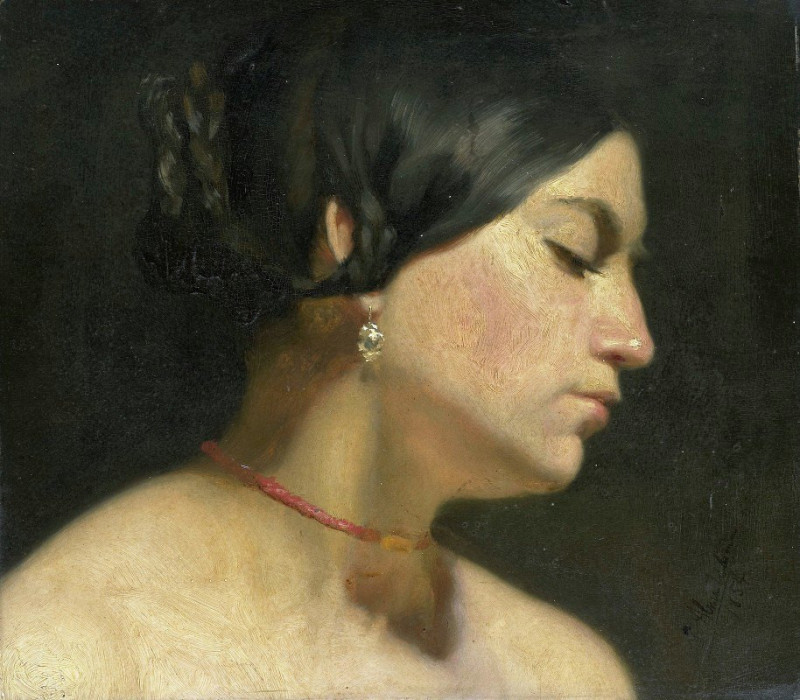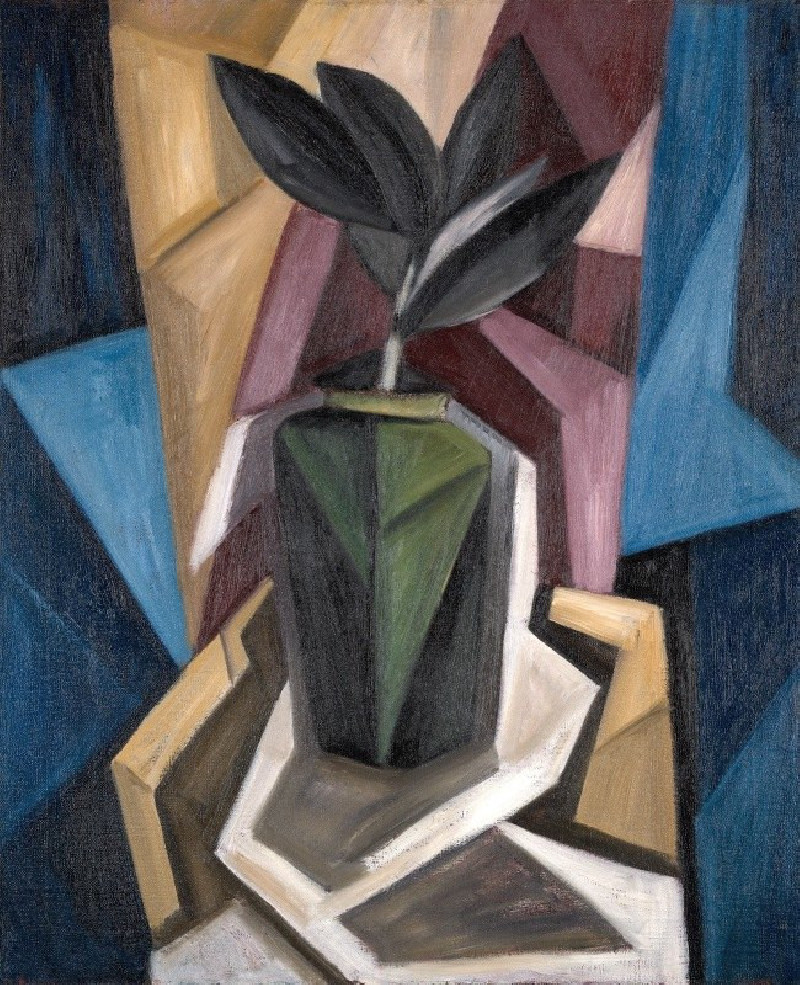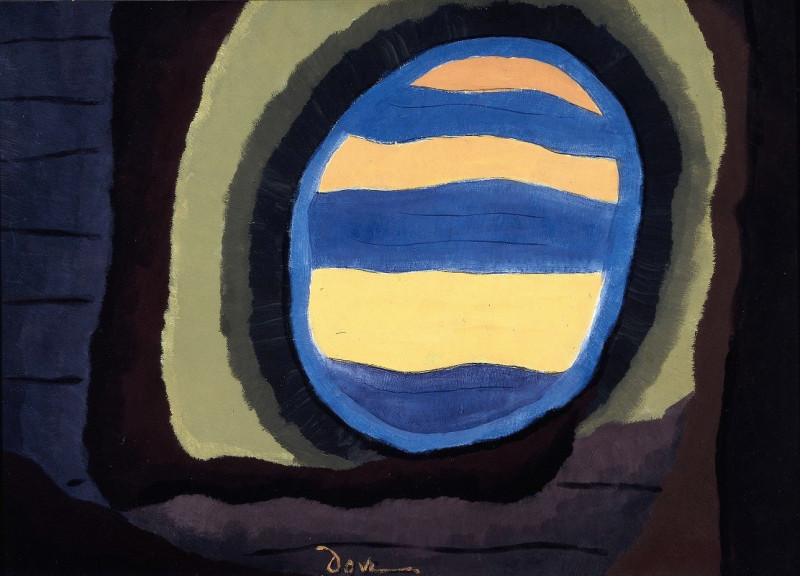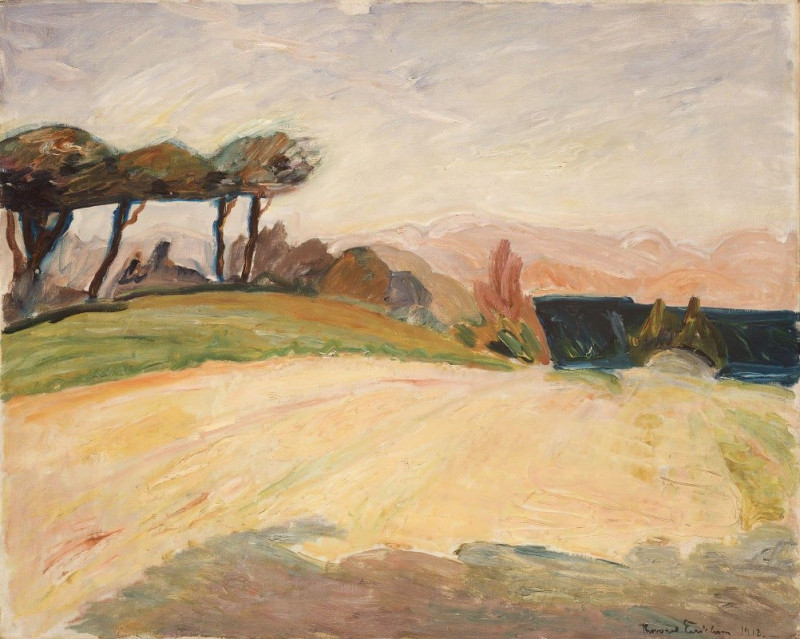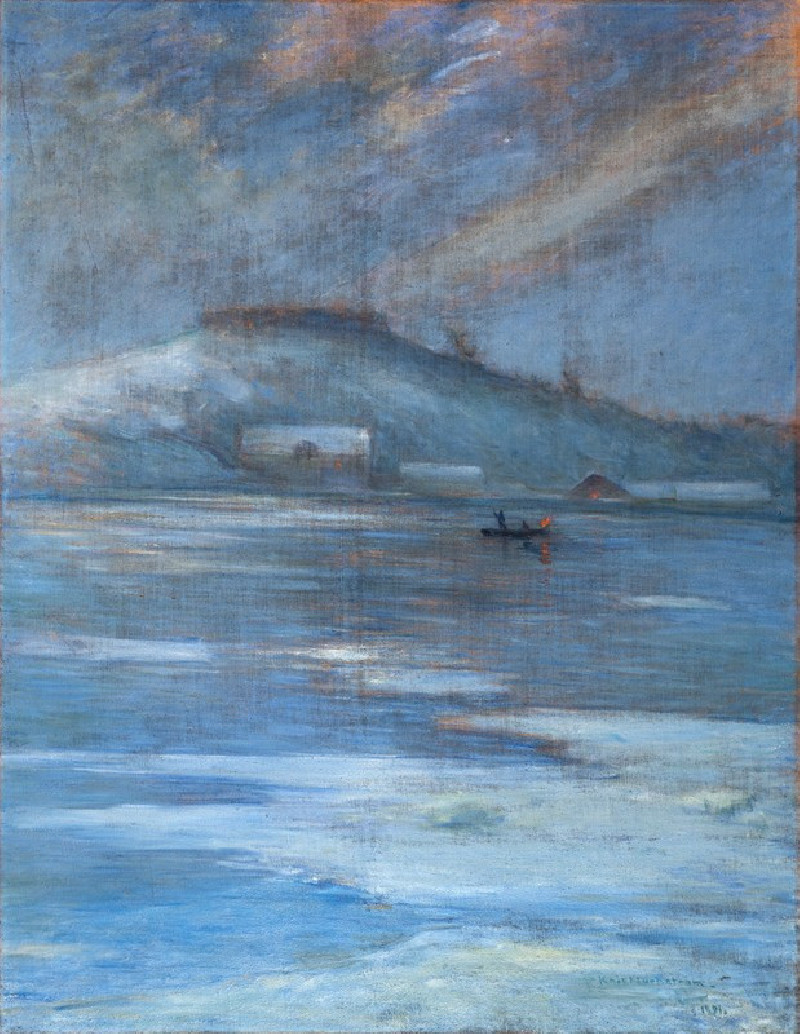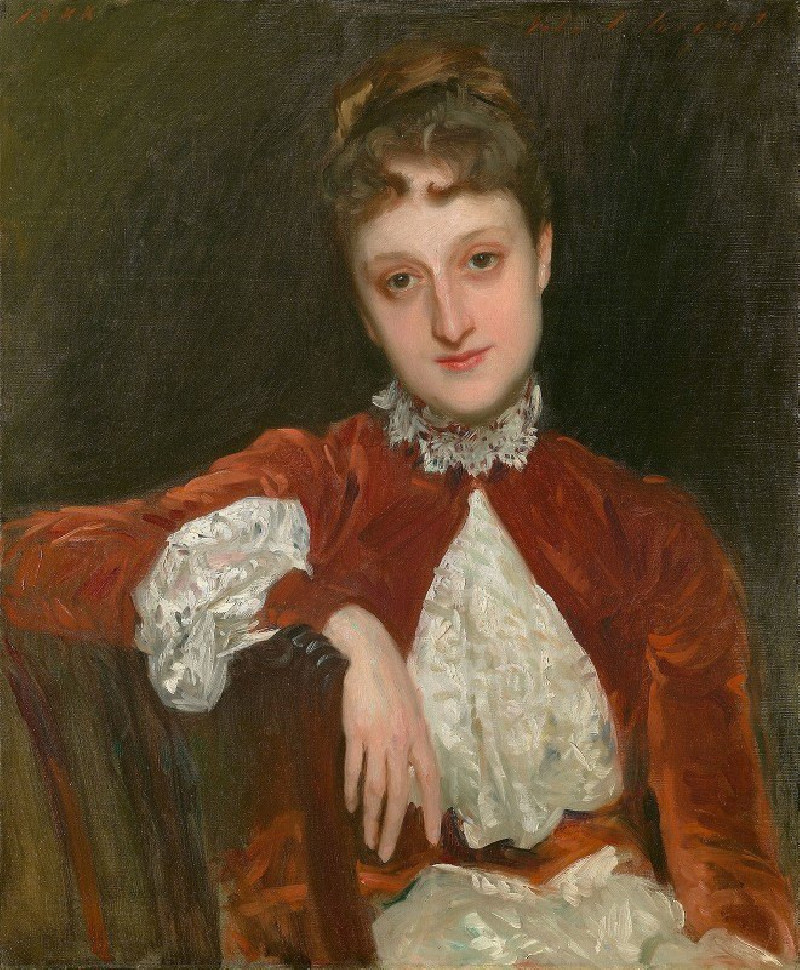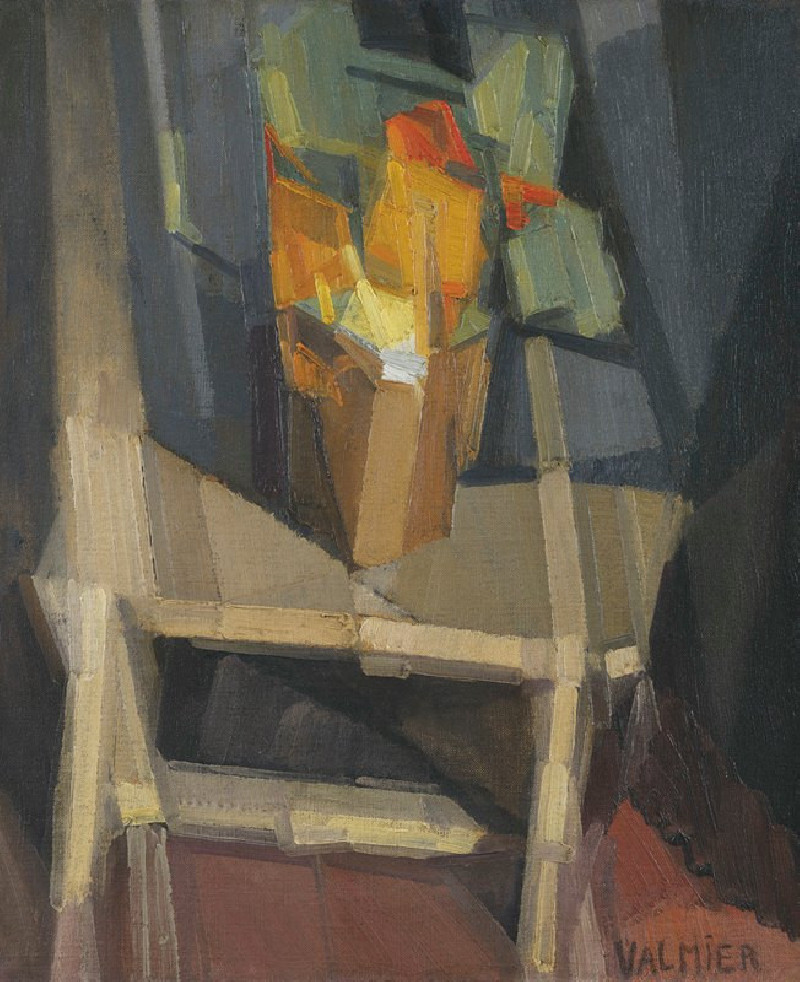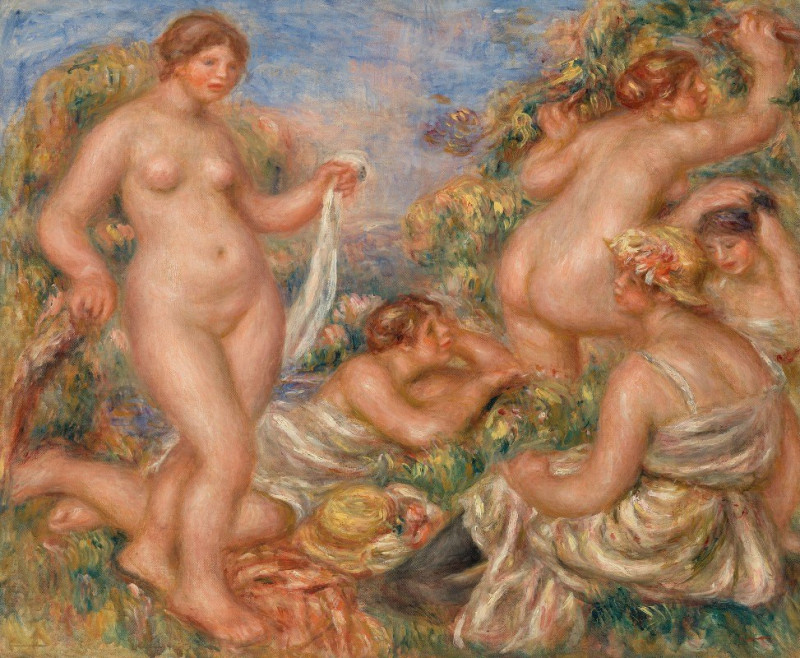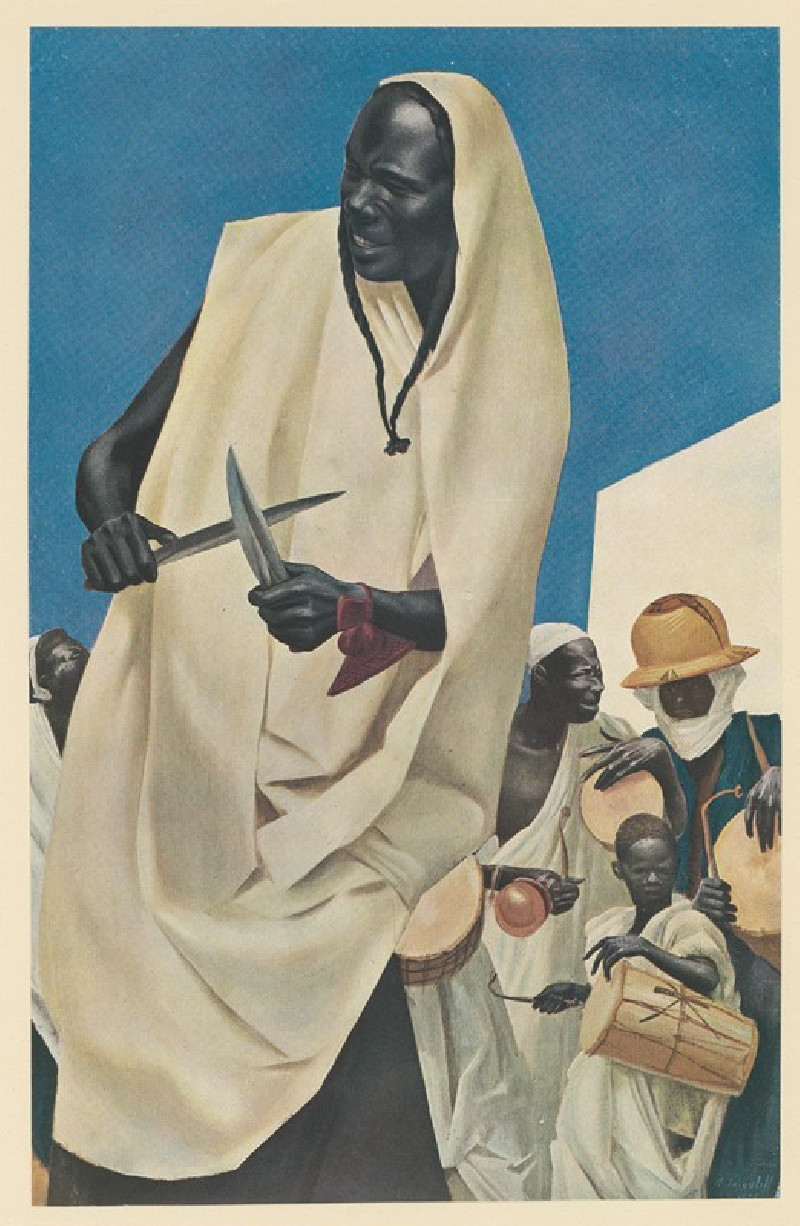The Dissolute Household (ca. 1663–64)
Technique: Giclée quality print
Recommended by our customers
More about this artwork
The Dissolute Household (ca. 1663–64) by Jan Steen is a vivid and detailed representation of a chaotic family scene that reflects the moral and social attitudes of 17th-century Dutch society. This painting showcases Steen’s exceptional skill in depicting everyday life, imbued with a sense of humor and a moral lesson.In this artwork, the viewer is drawn into a lively, yet disordered room where each character contributes to the narrative of excess and neglect. The center of the composition features a woman slumped in her chair, possibly intoxicated, with a man, likely the patriarch, nonchalantly pouring more drink into her glass. His indifferent expression and the carefree attitude of pouring drink capture the lack of responsibility and leadership within the household.To the left, a child, ignored by the adults, reaches for food at the table, symbolizing the negligence of parental duties. The feast on the table, juxtaposed with the disheveled state of the room and its inhabitants, emphasizes the theme of indulgence. A lute lies discarded on the floor, symbolizing the neglect of virtue and the arts, while a broken pipe near an overturned chair further suggests a disregard for order.A maid stands in the background, adding to the glass of the woman, highlighting the endless cycle of indulgence that characterizes the household. Her complicit role in the scene underscores the collective moral decay of the family. In the background, another man engages with a young boy, perhaps offering a distraction or an escape from the central chaos.Jan Steen masterfully uses color, composition, and character expressions to critique societal norms, warning of the dangers of excess and the importance of domestic stability and moral integrity.


